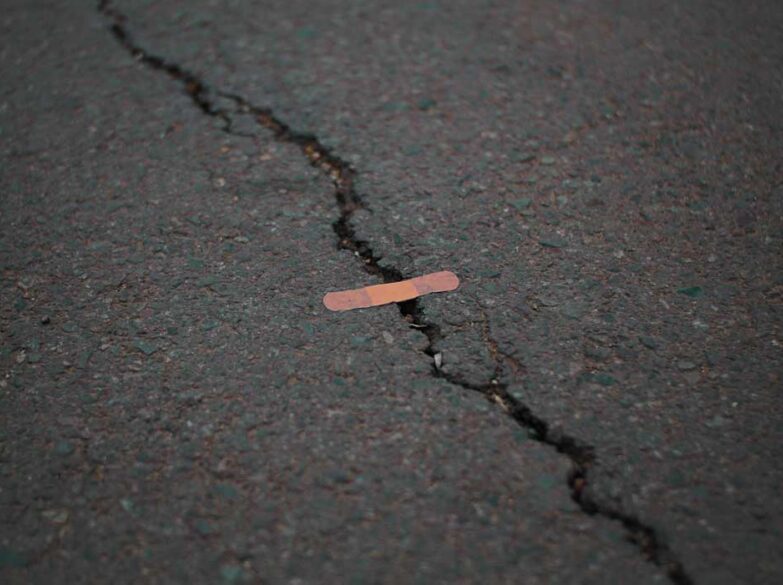
RECONSTRUCTIVE SURGERY
TISSUE REGENERATION OPERATIONS
Reconstructive surgery, in other words, regeneration surgery, is among the surgeries that are frequently performed by Plastic, Reconstructive and Plastic Surgeons.
Tissue deficiencies or tissue deteriorations that occur for various reasons are repaired within this discipline by taking the unity of form (shape) and function in every part of the body into consideration.
Among these reasons, there may be the absence of an organ after cancer, there may be a lack of shape and function after an accident, or the occurrence of these deficiencies as a result of congenital or systemic diseases.
If you want to make an appointment, we can call you.
European and Turkish Board Certified Plastic Surgeons

Turkish Plastic, Reconstructive and Aesthetic Surgery Association Certificate of Competence

Types of Tissue Regeneration Surgeries


Before Tissue Regeneration Surgeries
The existing tissue deficiency is determined through the evaluation of the exact cause and long-term outcome before tissue regeneration surgeries.
Then, the regeneration technique is determined in accordance with the principles of reconstructive surgery with the principle of similar and similar.
One of the first things to be observed here is to leave no or minimal damage to another part of the body.
During Tissue Regeneration Surgeries
Tissue regeneration surgeries include a wide range from simple suturing to transferring another tissue from another part of the body, from the existing blood circulation to the recipient area with microsurgical techniques.
Here, wound closure and dressing, suturing, graft applications, transfer of adjacent tissues and transfer of distant tissues can be listed simply as a basis. This surgical experience and decision-making mechanism should be agreed with the patient.


After Tissue Regeneration Surgeries
The period after the tissue regeneration surgeries is at least as important as before, because both the care of the donor region and the adaptation process of the new tissue are important. At first, close wound follow-ups consist of patient general condition follow-ups. And in the long term, it includes rehabilitation and psychosocial adaptation processes.

